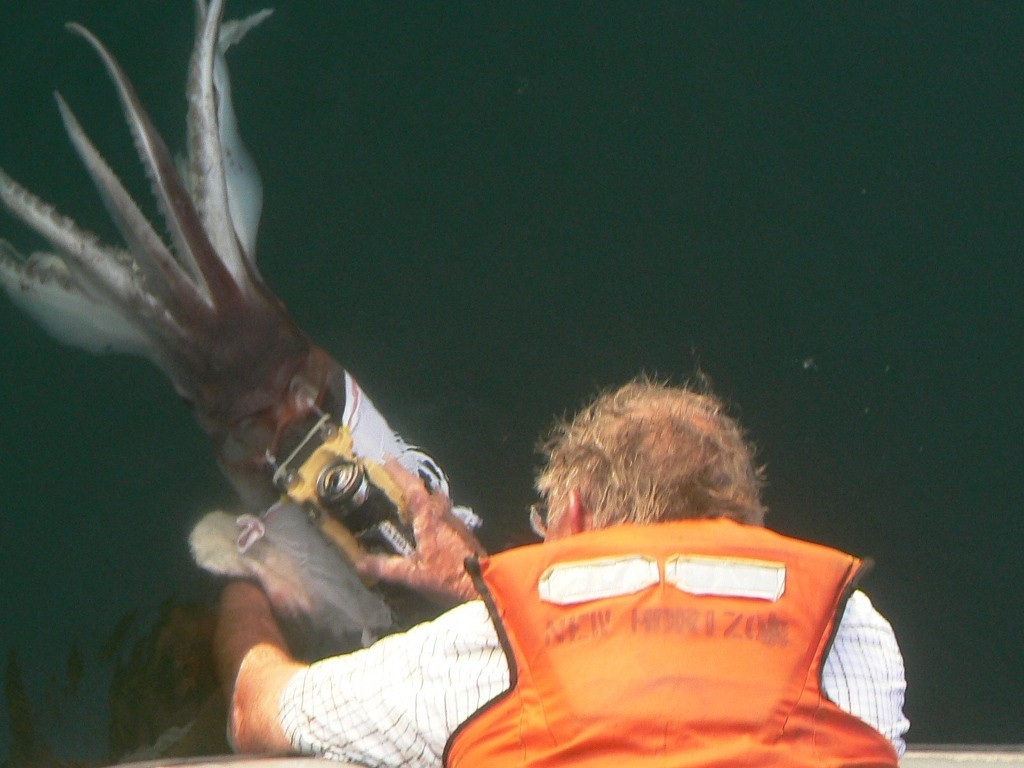

By their nature, small-scale fisheries tend to have limited, poorly systematized data and short time scales. This scarcity of information represents a challenge for understanding, for example, the interaction of fishing gear with the ecosystem and its impact on the habitat; such information is fundamental in the implementation of a fishery improvement project. Around the world, different methodologies have been developed to generate information on the impacts of the fishery on the ecosystem; one of them is the modeling based on the Ecopath program with Ecosim.
COBI used this tool including information generated by fishermen and fisherwomen through fishing logs, as well as biological and ecological information for the species that inhabit the fishing zones. In addition, to strengthen the model, the traditional ecological knowledge of the fishing communities was integrated through the application of interviews, from which relevant information was obtained on the diet of the species, their geographic distribution, reproductive season, etc.
- The fact that fishermen and fisherwomen are generating information on fisheries through fisheries monitoring.
- It is important to integrate the traditional knowledge of fishermen and fisherwomen, since they have a large amount of important information about their natural environment and species.
- The results must be shared with the people of the fishing community, so that they value and appropriate their knowledge.
- The process to obtain the results from Ecopath modeling with Ecosim can take about six months, since it is necessary to search for information, interview people in the community, analyze the information and create the models.
- It is important to socialize with the fishermen the importance and benefits of knowing the effects of the fishery on the ecosystem, and to let them know how their traditional knowledge is integrated in order to obtain more robust information for ecosystem management.
- The interviews conducted with the fishermen to record their traditional knowledge were long (approximately 40 minutes), which sometimes caused the interviewee to lose interest. In addition, with respect to the time needed to conduct each of the interviews, the availability to interview more members could be scarce.